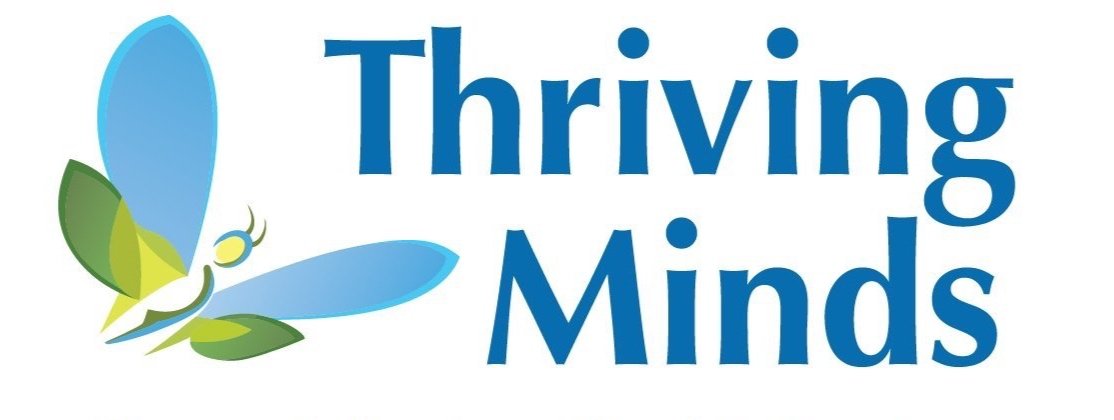Selective Mutism: Fading versus Shaping
The terms “shaping” and “fading” are commonly used in describing treatment approaches for selective mutism. But what are these terms all about? The following article explores the how and why of shaping and fading to provide insight into the treatment process for selective mutism.
In the context of selective mutism, fading (also know as stimulus fading or sliding-in) refers to the gradual introduction of new speaking partners or transition to speaking in new environments. Typically, one of the first therapy sessions involves a “fade in” with the clinician, caregiver, and child. The therapy office may be a novel (and daunting) environment for the child, and thus, it is important for the child to get comfortable speaking to their caregiver within this setting (e.g., in a playroom) before the clinician enters the picture. Once speech is established between the child and caregiver, the clinician enters the environment but does not attend to or join the child/caregiver, potentially walking about the room and cleaning up or “doing work” on their computer. Over time, the clinician works to be more involved in the caregiver and child’s play, which ultimately leads to the clinician asking the child forced choice questions.
As treatment progresses, the clinician is able to help the child extend speech to other feared environments and people through fading. For example, the clinician and child may complete a fade-in at the child’s school with their teacher (alone when other students are not around). Fading continues throughout the treatment process with the goal that the child is able to speak in all environments and with all people. For instance, after the fade-in with the teacher is complete, goals may be set to speak in class in front of other children over time. Overall, the target of treatment is to progressively get the child to speak in more places, with more people, and to foster resilience and bravery.
Shaping refers to altering the way a child is (or is not) using their voice by reinforcing successive approximations of speech (starting where the child current is communicating and gradually rewarding increases in speech complexity). The primary goal of shaping is to adjust speech to make it more appropriate and effective. Often, this means working with the child to use verbal rather than non-verbal communication, speak at a louder volume rather than a whisper, and so on. Some children struggle significantly to speak in most settings and with most people at an audible volume. These children may be best suited to begin with shaping. Relatedly, if after multiple attempts a clinician is unable to establish speech through fade-ins, they may move to a shaping approach. This commonly includes tasks that approximate speaking, such as humming, which may be easier for the child to begin with. Humming stimulates the vocal cords, but is usually less scary for the child because it does not require them to generate more specific sounds used in words or engage in conversation. In this way, in the face of fear, the child is taught to “back-up” instead of “back-down” (i.e., complete a less difficult task rather than no task at all).
Next month, we will take a deeper dive into making decisions as to whether to begin with shaping or fading, and generally “where to focus first” in selective mutism treatment depending on the individual. Contact Thriving Minds for an initial consultation and services from professionals with expertise in treating selective mutism.

